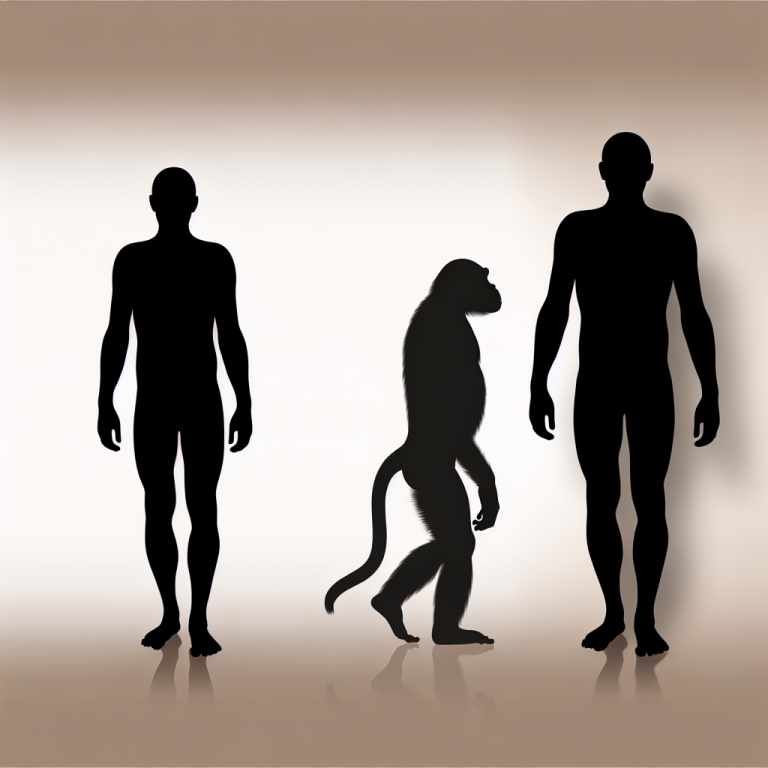In a groundbreaking study examining the genetic underpinnings of tail-loss evolution in humans and apes, researchers have identified a potential driver of this significant anatomical change. The absence of a tail in humans and anthropoid apes is a key characteristic that sets them apart from other primates, and it is believed to have played a role in the development of human bipedalism. However, until now, the genetic mechanism responsible for the evolution of tail loss in hominoids has remained a mystery.
The study reveals that a single insertion of an Alu element in the genome of a hominoid ancestor may have been instrumental in the evolution of tail loss. This Alu element inserted itself into an intron of the TBXT gene, where it paired with an adjacent ancestral Alu element in the reverse genomic orientation, ultimately leading to a species-specific alternative splicing event in hominoids. By creating mouse models that expressed both full-length and exon-skipped isoforms of the Tbxt gene, mirroring the expression pattern of the hominoid TBXT gene, researchers were able to demonstrate the impact of this splicing event on tail development.
The results of the study showed that mice expressing both Tbxt isoforms exhibited a complete absence of a tail or a shortened tail, depending on the abundance of each isoform present at the embryonic tail bud. This indicates that the exon-skipped transcript alone is enough to induce a tail-loss phenotype. Furthermore, mice expressing the exon-skipped Tbxt isoform also displayed neural tube defects, a condition that affects a small percentage of human neonates today.
The findings suggest that tail-loss evolution in hominoids may have come at a cost, with the potentially adaptive benefits of bipedalism outweighed by an increased susceptibility to neural tube defects. The study sheds new light on the evolutionary trade-offs that may have shaped the development of human anatomy over millions of years.
The study also highlights the diversity of tail morphology and function across vertebrate species, emphasizing the importance of this appendage in various environments and forms of locomotion. While primates like New World howler monkeys have evolved prehensile tails that aid in grasping objects in arboreal habitats, hominoids have forgone this external tail, with only vestigial caudal vertebrae remaining to form the coccyx, or tailbone, in modern humans.
Overall, the study deepens our understanding of the genetic basis of tail-loss evolution in humans and apes, shedding light on the complex interplay between genes, anatomy, and adaptation that has shaped the evolutionary trajectory of our species.




